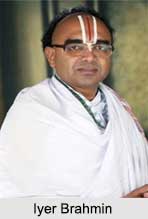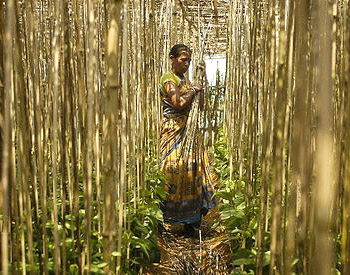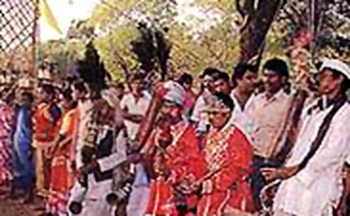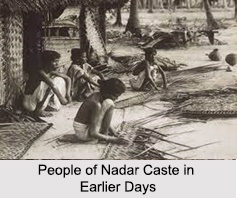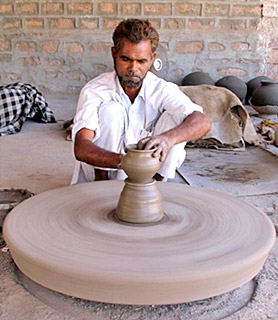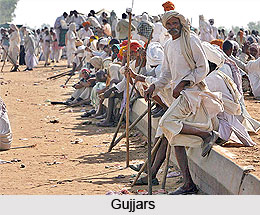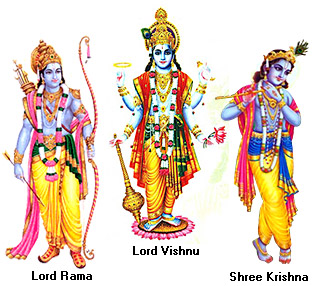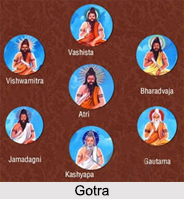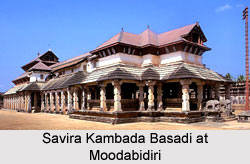 Dakshina Kannada is a coastal Karnataka district in the state of Karnataka in India. The Udupi District lies to the north, the Chikmagalur District to the northeast, the Hassan District to the east, the Kodagu District to the southeast, and the Kasaragod District in Kerala to the south. The Arabian Sea bounds it on the west. Mangalore is the administrative headquarters of the district. There are many Jain temples located here that attracts pilgrims from different places.
Dakshina Kannada is a coastal Karnataka district in the state of Karnataka in India. The Udupi District lies to the north, the Chikmagalur District to the northeast, the Hassan District to the east, the Kodagu District to the southeast, and the Kasaragod District in Kerala to the south. The Arabian Sea bounds it on the west. Mangalore is the administrative headquarters of the district. There are many Jain temples located here that attracts pilgrims from different places.
Moodabidiri
It is a small town that is located almost 35 km northeast of Mangalore. There are few pilgrimage centers located here that are of much importance to the Jains. There are eighteen Bastis located here out of which "Tribhuvana Tilaka Chudamani Chatyalaya is the biggest. This magnificent monument is magnificently designed. The monument is adorned with about thousand pillars that give support to it. The monument is thus popularly known as "Savira Kambada Basadi." This beautifully carved monument was built in 1431 by eight traders and four town councilors. Later the queen of Garesappa, Bhairadevi, constructed a mandapa to the Basti in the year 1402. Queen Nagala Devi installed fifty feet high Manastambha in front of the monument. The intricately designed pillars the major attraction of this Basti. The architectural beauty has made this place a popular tourist spot. The monument is also adorned with elaborately carved figures of drummers, elephant riders, chauri-bearers, a giraffe and a dragon.
The small town of Moodabidiri also houses a Jain Math that holds a prominent place among the Jains. The math like other Jain temples has been artistically designed. Its walls have been adorned with beautiful ancient paintings. One of the paintings depicts the male headgear that belonged to that period. Apart from these the math also portrays fine miniature paintings of Jain Tirthankaras, Yakshas and Yakshanis (celestial bodies). It also has paintings of many kings, queens, devotees as well as ornamental flowers. These paintings have been brilliantly painted with bright colors. However, most of these painting have faded now. Here is a rare treasure house of painted palm leaf manuscripts Dhavala, Jayadhavala and Mahadhavala, which dates back to 1114 AD.
Karkala
Karkala is a small town located 52 km to the northeast of Mangalore. The statue of Gommteshwera was installed here in the year 1432 AD by Vir Pandya of the Santara family. It is almost 42 feet monolithic statue. The statue is positioned on a rocky hillock. Later in the year 1437 AD a Brahmadeva Stambha was set up in front of Gommata. The sculpture of Lord Brahma that is located on the top of the pillar reflects the magnificent art work.
The Neminatha Basadi was constructed at Hiriyangdi in the year 1329 AD. Another 54 feet manasthambha had been installed in front of the Basadi. This beautiful image has been made of single rock.
In the year 1586 AD the Chaturmukha Basadi of Karkala was completed. The Basadi has four identical entrances in four different directions. The garbhagriha houses statues of Ara, Malli, and Suyrata. The images of 24 Jain Tirthakaras, Yakshi Padmavati can also be seen here.
Venur
It is situated almost 15 km from Dharmasthala. The town houses a beautiful statue of Gommata that was erected by Timmanna Ajila. The statue was built in 1604 AD and is 38 feet tall. There are eight Basadis located here. Among them the Shantinatha Basadi is the most popular among tourists for its architectural splendor.
Dharmasthala
Dharmasthala is located 75 km from Mangalore. The town is situated on the banks of the Netravati River. The town holds great religious significance for the Jains. Here the Jain Tithankaras are placed on the same ground with Lord Manjunatha or Lord Shiva. They are even worshipped together. This town is known for religious tolerance. The priests who worship the images are Vaishnavites but the hereditary guardians are Jains by faith. In the year 1973 an idol of Gomata was established here by the Trustee Veerendra Heggade. The idol is almost 52 feet in height and weighs about 175 tons. It is regarded as the third largest statue in the country.










